Home>Articles>Why Is It A Good Idea To Have A Carbon Monoxide Detector In The Home?
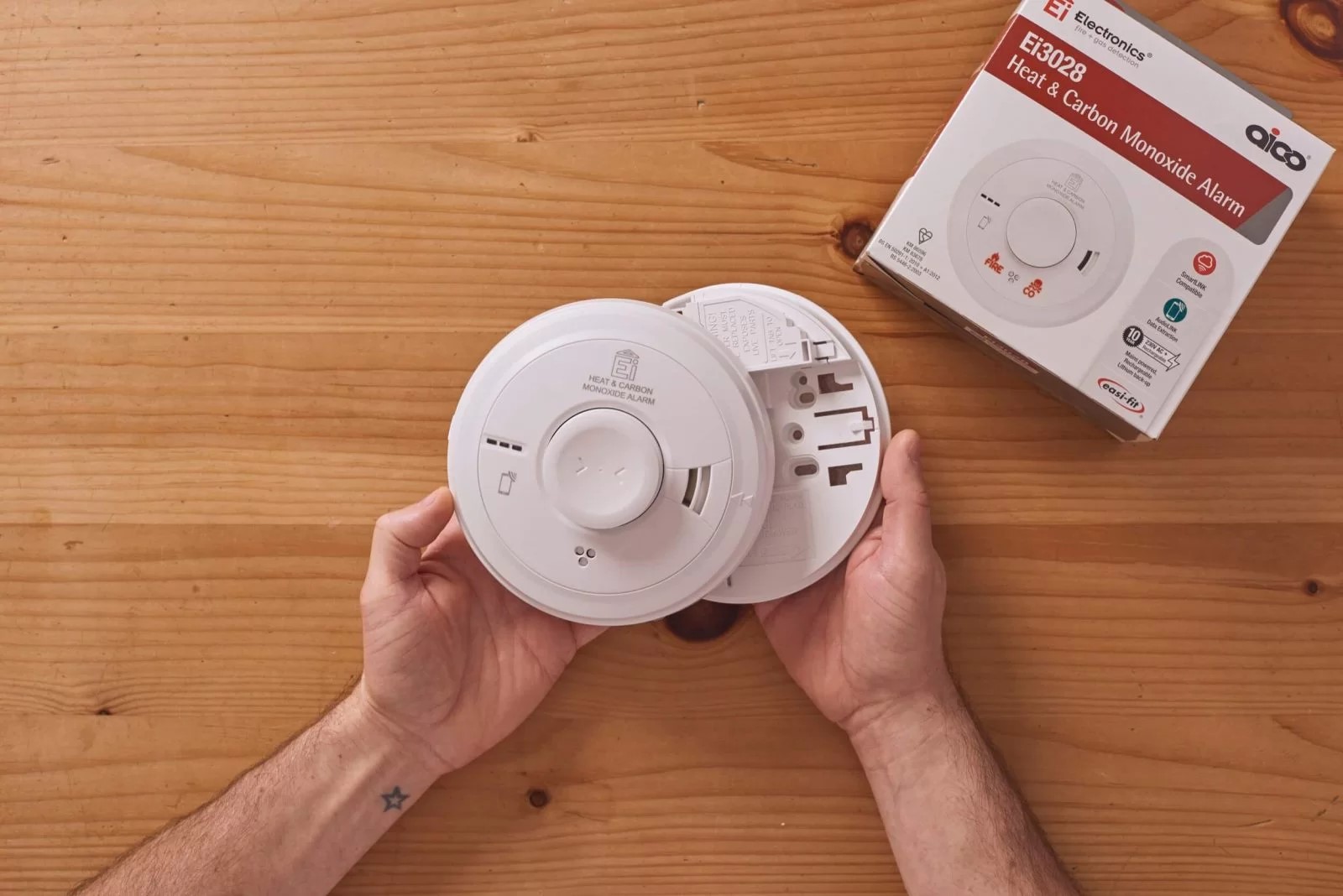

Articles
Why Is It A Good Idea To Have A Carbon Monoxide Detector In The Home?
Modified: October 20, 2024
Learn why having a carbon monoxide detector in your home is crucial for safety. Read our informative articles to stay informed and protected.
(Many of the links in this article redirect to a specific reviewed product. Your purchase of these products through affiliate links helps to generate commission for Storables.com, at no extra cost. Learn more)
Introduction
Welcome to the world of carbon monoxide detectors – a vital device that can save lives and protect homes from a silent but deadly threat. Carbon monoxide (CO) is a colorless, odorless, and tasteless gas that can be present in our homes without us even realizing it. The dangers of carbon monoxide poisoning are very real, and every homeowner should be well-informed about the importance of having a carbon monoxide detector.
In this article, we will explore the reasons why it is a good idea to have a carbon monoxide detector in the home. We will delve into the dangers of carbon monoxide poisoning, the symptoms to watch out for, the sources of carbon monoxide, the benefits of having a detector, legal requirements, types of detectors, placement tips, and how to maintain and test your detector to ensure its effectiveness.
It is important to understand that carbon monoxide can be produced by a variety of household appliances such as stoves, heaters, fireplaces, and even vehicles parked near the home. Without proper ventilation or when these appliances malfunction, the gas can accumulate and pose a serious threat, potentially leading to illness, injury, or even death.
By having a carbon monoxide detector installed in your home, you can provide an added layer of protection and peace of mind for yourself and your family. This device is designed to detect the presence of carbon monoxide in the air and sound an alarm to alert you if levels become dangerous.
Throughout this article, we will highlight the various aspects of carbon monoxide detectors and arm you with the knowledge needed to make an informed decision about the importance of having one in your home. From understanding the dangers of carbon monoxide to learning about the different types of detectors and how to properly maintain them, you will be equipped with the necessary information to keep yourself and your loved ones safe.
So, let’s dive in and explore why having a carbon monoxide detector is not only a good idea, but an essential one, to protect your home and safeguard the health and well-being of your family.
Key Takeaways:
- Carbon monoxide detectors are crucial for early detection of a silent killer, protecting against illness, property damage, and providing peace of mind. Compliance with legal requirements and regular maintenance are essential for optimal safety.
- Understanding the dangers of carbon monoxide, selecting the right detector type, strategic placement, and regular maintenance are key to safeguarding your home and loved ones from this invisible threat.
Read more: Why Does Carbon Monoxide Detector Beeps
Importance of Carbon Monoxide Detectors
Carbon monoxide (CO) is often referred to as the “silent killer” due to its stealthy nature. Without a carbon monoxide detector, it is virtually impossible to detect this odourless and colourless gas, making it a significant threat to our health and safety. This is why having a carbon monoxide detector in your home is of utmost importance.
The primary function of a carbon monoxide detector is to monitor the levels of carbon monoxide in the air and alert occupants if levels rise to a dangerous level. By doing so, it provides early warning to potentially life-threatening situations and allows occupants to take immediate action.
One of the crucial reasons for having a carbon monoxide detector is that it can save lives. Carbon monoxide poisoning can be fatal, and in many cases, victims are unaware of the danger until it is too late. By having a detector installed, you are providing yourself and your family with the best chance of survival.
In addition to saving lives, carbon monoxide detectors also serve to protect your home. Carbon monoxide is highly combustible, and if levels rise, it can lead to fires or explosions. By detecting the gas early on, you can prevent a potential disaster and limit the damage to your property.
Another important aspect of having a carbon monoxide detector is its ability to provide peace of mind. Knowing that you have a device in your home that can detect and alert you to the presence of carbon monoxide can greatly reduce anxiety and stress. It allows you to rest assured that you are taking proper measures to protect yourself and your loved ones.
Furthermore, having a carbon monoxide detector can also save you money. In some cases, faulty appliances or improper ventilation can cause carbon monoxide leaks. By detecting these issues early on, you can address and rectify them, preventing costly repair or replacement expenses down the line.
It is also worth noting that carbon monoxide detectors can provide valuable information to emergency responders. In the event of a carbon monoxide leak, the detector will sound an alarm, allowing occupants to evacuate and call for help. When emergency personnel arrive, they can use the information from the detector to assess the severity of the situation and provide the appropriate treatment.
Overall, the importance of carbon monoxide detectors cannot be overstated. They are a crucial component of home safety, providing early warning of a potentially life-threatening gas. By investing in a carbon monoxide detector, you are taking a proactive step in protecting yourself, your family, and your home from the dangers posed by carbon monoxide.
Danger of Carbon Monoxide Poisoning
Carbon monoxide (CO) is an invisible and odorless gas that can pose a serious threat to our health and well-being. Understanding the dangers of carbon monoxide poisoning is crucial in order to take the necessary precautions and protect ourselves and our loved ones.
When carbon monoxide is inhaled, it enters our bloodstream and binds to the hemoglobin in our red blood cells. This prevents oxygen from being transported throughout the body, leading to oxygen deprivation in vital organs such as the brain, heart, and lungs. The effects of carbon monoxide poisoning can be devastating, with severe cases resulting in coma, organ failure, and even death.
One of the most concerning aspects of carbon monoxide is its ability to go undetected. Without a carbon monoxide detector, it is impossible to know if there are dangerous levels of the gas in your home. This is particularly worrisome because initial symptoms of carbon monoxide poisoning can be mistaken for flu or other common ailments.
Common symptoms of carbon monoxide poisoning include headaches, dizziness, nausea, fatigue, and confusion. These symptoms may worsen with prolonged exposure or as carbon monoxide levels increase. Sadly, many cases of carbon monoxide poisoning are misdiagnosed, as these symptoms can be easily attributed to other conditions.
Moreover, carbon monoxide poisoning can occur while we are asleep, making it even more dangerous. Without any warning signs, victims can slip into unconsciousness or even death while unaware of the imminent danger.
It is also important to note that certain individuals are more vulnerable to the effects of carbon monoxide poisoning. This includes young children, older adults, and individuals with respiratory or cardiovascular conditions. Their bodies may be less able to withstand the effects of carbon monoxide, increasing the severity of the poisoning.
While most incidents of carbon monoxide poisoning occur in residential homes, it is essential to understand that the risk exists in other settings as well. Vehicles, boats, and recreational vehicles that use gas-powered engines can also produce carbon monoxide. It is crucial to have carbon monoxide detectors installed and functioning properly in these environments to ensure safety.
Overall, the danger of carbon monoxide poisoning cannot be underestimated. It is a highly toxic gas that can have severe consequences for our health. Understanding the risks, recognizing the symptoms, and taking preventative measures, such as installing carbon monoxide detectors, are essential steps in safeguarding ourselves and our loved ones from this silent but deadly threat.
Symptoms of Carbon Monoxide Poisoning
Recognizing the symptoms of carbon monoxide (CO) poisoning is crucial in order to take swift action and prevent further harm. Carbon monoxide is a colorless, odorless, and tasteless gas, making it difficult to detect without the aid of a carbon monoxide detector. Understanding the symptoms can help you identify if you or someone in your household is experiencing carbon monoxide poisoning.
Early symptoms of carbon monoxide poisoning are often similar to common ailments, such as the flu or a cold. This is why many cases go undetected until the symptoms become more severe. Some of the initial symptoms to watch out for include:
- Headaches: Carbon monoxide can cause persistent headaches, often described as dull and throbbing.
- Dizziness: Feeling lightheaded, dizzy, or experiencing vertigo can be a sign of carbon monoxide poisoning.
- Nausea and Vomiting: Persistent feelings of nausea or vomiting may occur, especially in enclosed spaces.
- Fatigue: Unexplained fatigue and lack of energy can be a symptom of carbon monoxide exposure.
- Confusion and Disorientation: Carbon monoxide can affect cognitive function and cause confusion, memory problems, or difficulty concentrating.
If you or someone in your household is experiencing these symptoms and suspect carbon monoxide poisoning, it is important to take immediate action. Move to a well-ventilated area and open windows and doors to allow fresh air in. Also, turn off any potential sources of carbon monoxide, such as gas appliances or generators.
As exposure to carbon monoxide continues or becomes more severe, the symptoms can progress to more dangerous levels. If you or someone else experiences any of the following symptoms, it is essential to seek medical attention and evacuate the premises:
- Shortness of Breath: Difficulty breathing or shortness of breath can indicate severe carbon monoxide poisoning and should be taken seriously.
- Chest Pain: Chest pain or chest discomfort can be a sign of carbon monoxide poisoning affecting the heart.
- Confusion or Loss of Consciousness: Severe cognitive impairment, confusion, or loss of consciousness are critical signs of a medical emergency.
- Seizures: In rare cases, carbon monoxide poisoning can trigger seizures, which requires immediate medical attention.
- Unresponsiveness: If someone becomes unresponsive or unconscious, call emergency services immediately.
It’s important to remember that carbon monoxide poisoning affects individuals differently, and symptoms may vary. If you suspect carbon monoxide poisoning but are unsure, it is always better to err on the side of caution and seek medical assistance.
By being aware of the symptoms of carbon monoxide poisoning, you can take prompt action to protect yourself and your loved ones. Remember, installing a carbon monoxide detector is the best way to ensure early detection within your home, providing you with peace of mind and allowing you to take the necessary precautions to safeguard your health and safety.
Sources of Carbon Monoxide in the Home
Carbon monoxide (CO) can be produced by various sources within our homes, and it is essential to be aware of these potential sources to minimize the risk of carbon monoxide poisoning. Understanding where carbon monoxide can originate from allows us to take appropriate precautions and ensure the safety of our living environment.
Here are some common sources of carbon monoxide in the home:
- Gas Appliances: Furnaces, water heaters, stoves, ovens, and dryers that operate on natural gas, propane, or oil can be sources of carbon monoxide. It is important to ensure these appliances are properly installed, vented, and maintained to prevent gas leaks and carbon monoxide production.
- Fireplaces: Wood-burning fireplaces, as well as gas or coal-burning fireplaces, can produce carbon monoxide. Regular chimney inspections and cleanings are essential to maintain proper ventilation and prevent the buildup of carbon monoxide.
- Wood-Burning Stoves: Wood-burning stoves are another potential source of carbon monoxide if they are not properly vented or if the chimney becomes blocked. It is crucial to follow manufacturer guidelines and have the stove and chimney inspected regularly.
- Generators: Portable generators, commonly used during power outages, can emit carbon monoxide if not placed in a well-ventilated area. Generators should always be placed outside, away from windows, doors, and vents, to prevent carbon monoxide from entering the home.
- Attached Garages: Carbon monoxide can also enter the home through an attached garage if vehicles or equipment that produce exhaust fumes are left running for an extended period. Ensure proper ventilation in the garage and never run engines or use gas-powered equipment indoors.
- Faulty Heating Systems: Heating systems that are old, improperly maintained, or have malfunctions can emit carbon monoxide. Regular inspections and maintenance by qualified professionals are vital to prevent carbon monoxide leaks.
- Blocked Vents: Blocked or obstructed vents and chimneys can cause carbon monoxide to back up into the home. Obstructions can include debris, nests, or structural issues. Regular inspections to ensure proper venting are crucial.
It is important to note that even small amounts of carbon monoxide can accumulate over time, leading to dangerous levels. This is why it is crucial to have carbon monoxide detectors installed in strategic locations throughout your home to provide early warning in case of a leak.
By being aware of the potential sources of carbon monoxide and taking appropriate actions to maintain and monitor these sources, you can minimize the risk of carbon monoxide poisoning in your home. Regular maintenance, proper ventilation, and the use of carbon monoxide detectors are key to ensuring the safety and well-being of yourself and your loved ones.
Benefits of Having a Carbon Monoxide Detector
Having a carbon monoxide (CO) detector in your home brings a multitude of benefits to you and your loved ones. These devices play a crucial role in keeping you safe from the dangers of carbon monoxide and providing peace of mind. Let’s explore some of the key benefits of having a carbon monoxide detector:
- Early Detection: Carbon monoxide detectors are designed to detect the presence of carbon monoxide in the air before it reaches dangerous levels. By providing early warning through audible alerts, they give you time to react, evacuate, and address the source of the carbon monoxide.
- Protection from Silent Threat: Carbon monoxide is an odorless and colorless gas, making it impossible to detect without a detector. Having a carbon monoxide detector ensures that you are protected from this silent threat, even when you are unaware of its presence.
- Prevention of Illness and Injuries: Carbon monoxide poisoning can cause a range of health issues, from flu-like symptoms to severe organ damage or death. By detecting the gas early on, carbon monoxide detectors help prevent illnesses and injuries caused by prolonged exposure or high concentrations of carbon monoxide.
- Peace of Mind: With a carbon monoxide detector in your home, you can have peace of mind knowing that you have a reliable tool that can detect a potentially lethal gas. This peace of mind allows you to rest easy, knowing that you are taking proactive steps to protect yourself and your loved ones.
- Protection of Property: Carbon monoxide is highly flammable, and elevated levels can lead to fires or explosions. By detecting carbon monoxide early, detectors help prevent property damage and potential loss caused by these incidents.
- Compliance with Legal Requirements: Many jurisdictions have laws and regulations mandating the installation of carbon monoxide detectors in residential properties. By having a detector, you ensure compliance with these legal requirements and avoid fines or penalties.
- Awareness of Hidden Dangers: In addition to detecting carbon monoxide in your home, detectors serve as a reminder of the potential dangers and risks associated with fuel-burning appliances. This awareness can prompt you to take regular maintenance and safety precautions to prevent carbon monoxide leaks.
It is important to note that having a carbon monoxide detector is not a substitute for proper maintenance and ventilation of gas appliances. Regular inspections, servicing, and ensuring proper ventilation are still necessary to prevent carbon monoxide leaks. However, the presence of a detector adds an extra layer of protection and acts as a backup to ensure your safety.
Investing in a carbon monoxide detector is a small price to pay compared to the potential risks and consequences of carbon monoxide poisoning. By having a detector installed in your home, you are prioritizing the safety and well-being of yourself and your loved ones.
Remember, when selecting a carbon monoxide detector, choose one that meets recognized safety standards and suits the specific needs of your home. Install detectors in areas where they can effectively monitor carbon monoxide levels, and remember to test the detectors regularly to ensure they are functioning correctly.
With a carbon monoxide detector in place, you can enjoy the benefits of early detection, protection, and peace of mind, knowing that you are taking proactive measures to keep your home and loved ones safe.
Tip: Carbon monoxide is a colorless, odorless gas that can be deadly. Having a carbon monoxide detector in your home can alert you to dangerous levels and help protect your family from poisoning. Be sure to test and replace the batteries regularly to ensure it is functioning properly.
Legal Requirements for Carbon Monoxide Detectors
Recognizing the importance of carbon monoxide (CO) detection for home safety, many jurisdictions have implemented legal requirements regarding the installation of carbon monoxide detectors. These laws aim to protect occupants from the dangers of carbon monoxide poisoning and ensure the presence of these life-saving devices in residential properties. It is important to familiarize yourself with the specific legal requirements in your jurisdiction to ensure compliance and maximize the safety of your home.
The legal requirements for carbon monoxide detectors can vary from one jurisdiction to another. They often cover aspects such as:
- Location: Laws may specify the specific areas or rooms in the home where carbon monoxide detectors must be installed. Common requirements include installing detectors near sleeping areas or on every level of the home.
- Number of Detectors: The number of required carbon monoxide detectors may be specified based on the size and layout of the home. For example, larger homes may have requirements for multiple detectors to ensure adequate coverage.
- Power Source: Some jurisdictions require carbon monoxide detectors to be hardwired into the home’s electrical system, while others may allow battery-operated detectors. It is essential to follow the specific power source requirements outlined in the local regulations.
- Testing and Maintenance: Legal requirements may also stipulate the need for regular testing and maintenance of carbon monoxide detectors to ensure their proper functioning. This can include periodic testing, battery replacement, and keeping detectors free from dust and debris.
To ensure compliance with the legal requirements, it is important to research and understand the specific regulations in your jurisdiction. Local building codes, housing regulations, or fire safety codes often include information about carbon monoxide detector requirements. Local fire departments or government agencies responsible for building regulations can provide further guidance and information.
Non-compliance with the legal requirements for carbon monoxide detectors can result in penalties, fines, or other legal consequences. It is crucial to take these laws seriously and prioritize the safety of your household by installing and maintaining carbon monoxide detectors according to the regulations.
Even in jurisdictions where there are no specific legal requirements for carbon monoxide detectors, it is strongly recommended to install them as a safety precaution. The potential risks of carbon monoxide poisoning far outweigh the cost and effort of installing detectors in your home.
Remember, while complying with legal requirements is important, it is equally crucial to understand that carbon monoxide detectors are just one aspect of carbon monoxide safety. Regular maintenance of gas appliances, proper ventilation, and awareness of potential sources of carbon monoxide are equally important to prevent carbon monoxide exposure and ensure the safety of your home and family.
By adhering to the legal requirements and implementing additional safety measures, you can create a safer living environment and reduce the risk of carbon monoxide poisoning in your home.
Types of Carbon Monoxide Detectors
When it comes to carbon monoxide (CO) detectors, there are different types available that can suit varying needs and preferences. Each type of detector operates based on specific technology and offers unique features to detect the presence of carbon monoxide in the air. Understanding the different types of carbon monoxide detectors can help you make an informed decision when choosing the right one for your home.
Here are the main types of carbon monoxide detectors:
- Battery-Operated Detectors: Battery-operated carbon monoxide detectors are the most common and widely available type. These detectors are powered by replaceable batteries and are easy to install, making them suitable for most homes. They are independent of the home’s electrical system and can continue working even during power outages. Regular battery checks and replacements are necessary to ensure proper functioning.
- Hardwired Detectors: Hardwired carbon monoxide detectors are directly connected to the home’s electrical system. They typically have a backup battery in case of power outage. Hardwired detectors require professional installation as they need to be wired into the electrical system. They offer continuous power supply and eliminate the need for regular battery replacements.
- Combination Detectors: Combination detectors provide dual protection by incorporating both carbon monoxide detection and smoke detection in a single device. These combination detectors are a convenient option for homeowners who want to ensure protection from both carbon monoxide and fire hazards. Combination detectors can be battery-operated or hardwired, depending on the specific model.
- Smart Detectors: Smart carbon monoxide detectors offer advanced features and connectivity options. These detectors can be connected to a home’s Wi-Fi network, allowing remote monitoring and control through a smartphone app. Some smart detectors can also send alerts and notifications to your phone in case of carbon monoxide detection, offering an added layer of convenience and peace of mind.
Aside from the different types, carbon monoxide detectors also utilize a range of sensing technologies to detect the gas:
- Electrochemical Sensors: Electrochemical sensors are commonly used in carbon monoxide detectors. They use a chemical reaction to generate an electrical current when exposed to carbon monoxide. The change in the current triggers the alarm.
- Biomimetic Sensors: Biomimetic sensors mimic the way certain organisms react to carbon monoxide. They use a gel or other substance that changes color or reacts when exposed to carbon monoxide. This color change or reaction triggers the alarm.
- Metal Oxide Semiconductor (MOS) Sensors: MOS sensors consist of a small silicon chip that has a sensitive film of tin dioxide. When the film comes into contact with carbon monoxide, it lowers its electrical resistance, which triggers the detector’s alarm.
- Optical Sensors: Optical sensors use an LED light that passes through a chamber. When carbon monoxide is present, it absorbs the light, triggering the alarm. Optical sensors are often used in combination detectors.
When choosing a carbon monoxide detector, consider the specific needs of your home, such as power sources, installation requirements, and desired features. Ensure that the detector meets recognized safety standards and regulations to ensure its reliability and effectiveness in detecting carbon monoxide.
Remember, regardless of the type of carbon monoxide detector you choose, regular maintenance, testing, and replacement according to the manufacturer’s instructions are essential to ensure the detector’s proper functioning and reliability in detecting carbon monoxide.
By selecting the right type of carbon monoxide detector for your home and following proper maintenance practices, you can enhance the safety of your living environment and protect yourself and your loved ones from the dangers of carbon monoxide.
Placement of Carbon Monoxide Detectors
Proper placement of carbon monoxide (CO) detectors is crucial to ensure their effectiveness in detecting the presence of carbon monoxide in your home. Strategic placement allows the detectors to quickly alert you to high levels of carbon monoxide and provide ample time for evacuation or addressing the source of the gas. Here are some guidelines to consider when determining the placement of carbon monoxide detectors:
- Near Sleeping Areas: It is essential to have a carbon monoxide detector installed near each sleeping area in your home. Since carbon monoxide poisoning can occur while you are asleep, having a detector in close proximity allows for early detection of the gas and timely response.
- On Every Level of the Home: Carbon monoxide can quickly spread throughout a home, so it is important to have detectors on every level, including basements and attics. This ensures that no area of your home is without detection coverage.
- Near Fuel-Burning Appliances: Install a carbon monoxide detector in close proximity to any fuel-burning appliances, such as furnaces, water heaters, fireplaces, or wood-burning stoves. This allows the detector to detect any carbon monoxide emission from the appliance and alert you to potential issues.
- In Hallways: Placing carbon monoxide detectors in hallways, especially near bedrooms, can help ensure that the alarm is easily heard throughout the home. This helps to provide early warning in case of carbon monoxide buildup.
- Avoid Obstructions: Ensure that carbon monoxide detectors are not obstructed by furniture, curtains, or other objects that could impede their ability to detect the gas. Unobstructed placement allows for proper air circulation and accurate detection.
- Follow Manufacturer’s Guidelines: Always refer to the manufacturer’s guidelines and instructions for specific recommendations on placement. Different models and types of detectors may have slightly different placement requirements based on their sensing mechanisms and detection range.
While these placement guidelines provide general recommendations, it is important to keep in mind that every home is unique. Factors such as layout, size, and potential carbon monoxide sources should also be considered when determining the optimal placement of detectors.
Additionally, if you have a combination smoke and carbon monoxide detector, it is important to verify its placement requirements to ensure both fire and carbon monoxide protection.
It is also worth noting that carbon monoxide detectors should not be placed in areas where they can be exposed to excess humidity, extreme temperatures, or direct airflow from vents or fans, as these conditions can affect their functionality.
Lastly, regular testing and maintenance of carbon monoxide detectors are crucial. Test the detectors according to the manufacturer’s instructions to ensure they are functioning properly, and replace the batteries as needed. Keep in mind that detectors have a limited lifespan, typically ranging from 5 to 10 years, so make sure to replace them when they reach their expiration date.
By following these placement guidelines and regularly maintaining your carbon monoxide detectors, you can maximize their effectiveness in detecting any potential carbon monoxide risks, ensuring the safety of your home and the well-being of your family.
Maintaining and Testing Carbon Monoxide Detectors
Proper maintenance and regular testing of carbon monoxide (CO) detectors are essential to ensure their reliability and effectiveness in detecting the presence of carbon monoxide. By following these guidelines, you can maximize the lifespan of your detectors and ensure the safety of your home and family:
- Read the Manufacturer’s Instructions: Start by carefully reading and understanding the manufacturer’s instructions for your specific carbon monoxide detector model. Familiarize yourself with the recommended maintenance procedures, testing methods, and any other guidelines provided.
- Perform Regular Testing: Test your carbon monoxide detectors at least once a month to ensure their proper functioning. Most detectors have a test button that you can press to initiate the testing process. When testing, listen for the loud, audible alarm to ensure it is functioning correctly. Refer to the manufacturer’s instructions for specific testing procedures.
- Replace Batteries: If your detectors are battery-operated, replace the batteries according to the manufacturer’s recommendations or as soon as the low-battery alert is triggered. It is a good practice to replace the batteries at least once a year, even if the low-battery alert has not been activated.
- Clean Detectors: Dust and debris can accumulate on the sensors of the detectors over time, affecting their performance. Regularly clean the detectors using a soft brush or vacuum cleaner to remove any debris that may obstruct the sensors. Follow the manufacturer’s instructions for proper cleaning techniques to avoid damaging the detectors.
- Avoid Paint or Coverings: Do not paint or cover your carbon monoxide detectors. Any substances, including paint or coverings, can interfere with their ability to detect carbon monoxide accurately. Keep the detectors clean and free from obstructions.
- Follow Sensor Lifespan Guidelines: Carbon monoxide detectors have a limited lifespan, typically ranging from 5 to 10 years. It is important to replace your detectors when they reach their expiration date or as recommended by the manufacturer. Check the detector’s label or manual for the expiration date or lifespan information.
- Carbon Monoxide Detector Maintenance Plan: Create a regular maintenance plan for your carbon monoxide detectors. Keep track of testing dates, battery replacements, and scheduled cleanings. This ensures that you stay on top of the maintenance needs and guarantees the uninterrupted functionality of your detectors.
- Respond to Alarm Activations: If your carbon monoxide detector alarms, take immediate action. Evacuate the premises, call emergency services, and seek medical attention for any individuals experiencing symptoms of carbon monoxide poisoning. Do not re-enter the premises until it has been deemed safe by professionals.
Remember, proper maintenance and testing of carbon monoxide detectors are just as important as having the detectors themselves. Regularly scheduled maintenance will ensure that the detectors are in optimal working condition and ready to alert you to any potential carbon monoxide risks in your home.
By following these guidelines and adhering to the manufacturer’s instructions, you can maintain the effectiveness of your carbon monoxide detectors and ensure the safety and well-being of your household.
Conclusion
Carbon monoxide (CO) detectors are an essential component of home safety, offering protection against a silent and potentially deadly threat. Installing carbon monoxide detectors in your home is one of the most effective ways to detect the presence of this odorless and invisible gas and prevent carbon monoxide poisoning.
In this comprehensive article, we have explored the importance of having carbon monoxide detectors in the home. We have discussed the dangers and symptoms of carbon monoxide poisoning, as well as the various sources of carbon monoxide that can be present in residential properties. Understanding these risks is crucial in ensuring the safety and well-being of you and your loved ones.
We have also highlighted the numerous benefits of having carbon monoxide detectors, including early detection, protection against a silent threat, prevention of illness and injuries, and peace of mind. By investing in carbon monoxide detectors, you prioritize the safety of your home and take proactive measures to safeguard your family.
Additionally, we have touched upon the legal requirements for carbon monoxide detectors, stressing the importance of compliance with these regulations to avoid penalties and ensure the highest level of safety in your home.
We have also discussed the different types of carbon monoxide detectors available, ranging from battery-operated and hardwired detectors to combination detectors and smart detectors, providing options to suit various needs and preferences. Understanding these types allows you to choose the most suitable detector for your home.
Furthermore, we have explored the placement of carbon monoxide detectors, emphasizing the need for strategic placement near sleeping areas, on every level of the home, and near fuel-burning appliances. Following proper placement guidelines ensures maximum coverage and prompt detection of carbon monoxide.
Maintaining and testing carbon monoxide detectors is equally important, as regular maintenance, testing, and battery replacements ensure their optimal functioning. By following manufacturer instructions, cleaning the detectors, replacing batteries, and adhering to recommended sensor lifespan guidelines, you ensure that your detectors operate reliably when needed.
In conclusion, having carbon monoxide detectors in your home is a critical aspect of home safety. They provide early warning, protect against a silent and potentially fatal gas, and offer peace of mind. By understanding the dangers of carbon monoxide, complying with legal requirements, selecting appropriate detector types, placing them strategically, and ensuring regular maintenance and testing, you can create a safe environment for you and your loved ones.
Remember, your investment in carbon monoxide detectors is an investment in your safety and the well-being of those you care about. Prioritize home safety, be informed, and take the necessary steps to protect your home from the dangers of carbon monoxide. Your diligence and awareness will go a long way in preventing carbon monoxide poisoning and ensuring a secure living environment.
Frequently Asked Questions about Why Is It A Good Idea To Have A Carbon Monoxide Detector In The Home?
Was this page helpful?
At Storables.com, we guarantee accurate and reliable information. Our content, validated by Expert Board Contributors, is crafted following stringent Editorial Policies. We're committed to providing you with well-researched, expert-backed insights for all your informational needs.
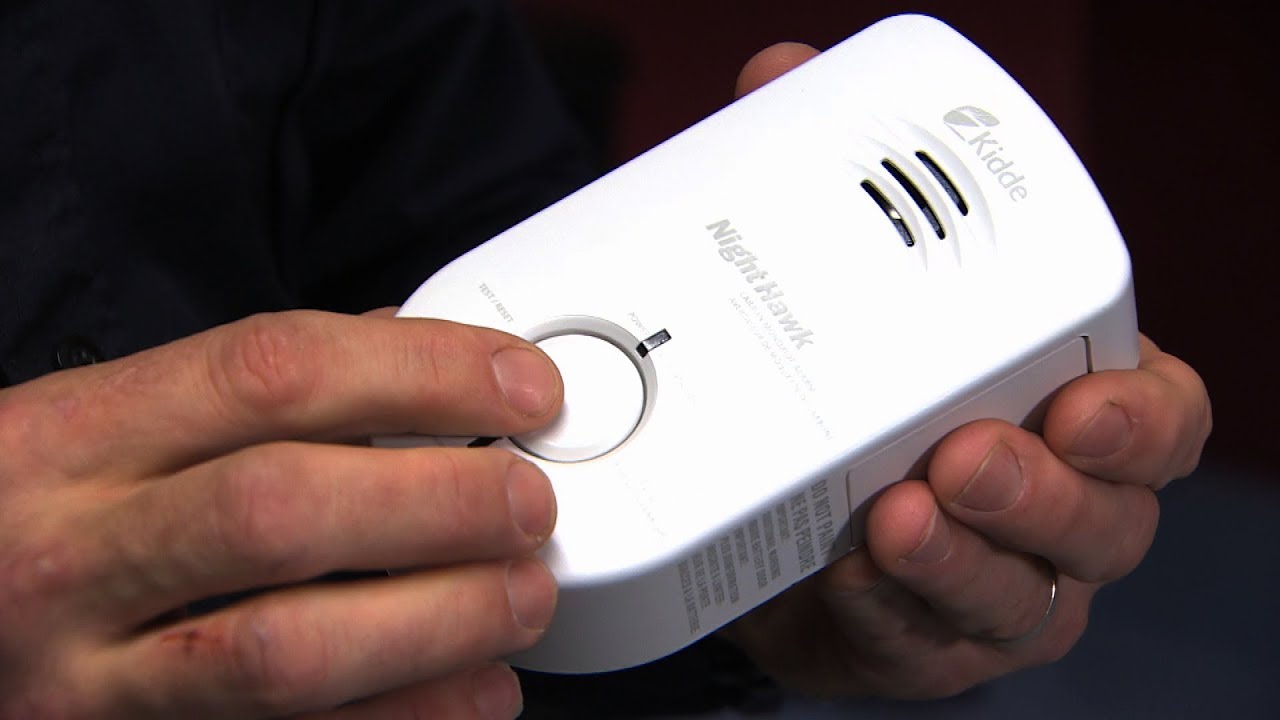
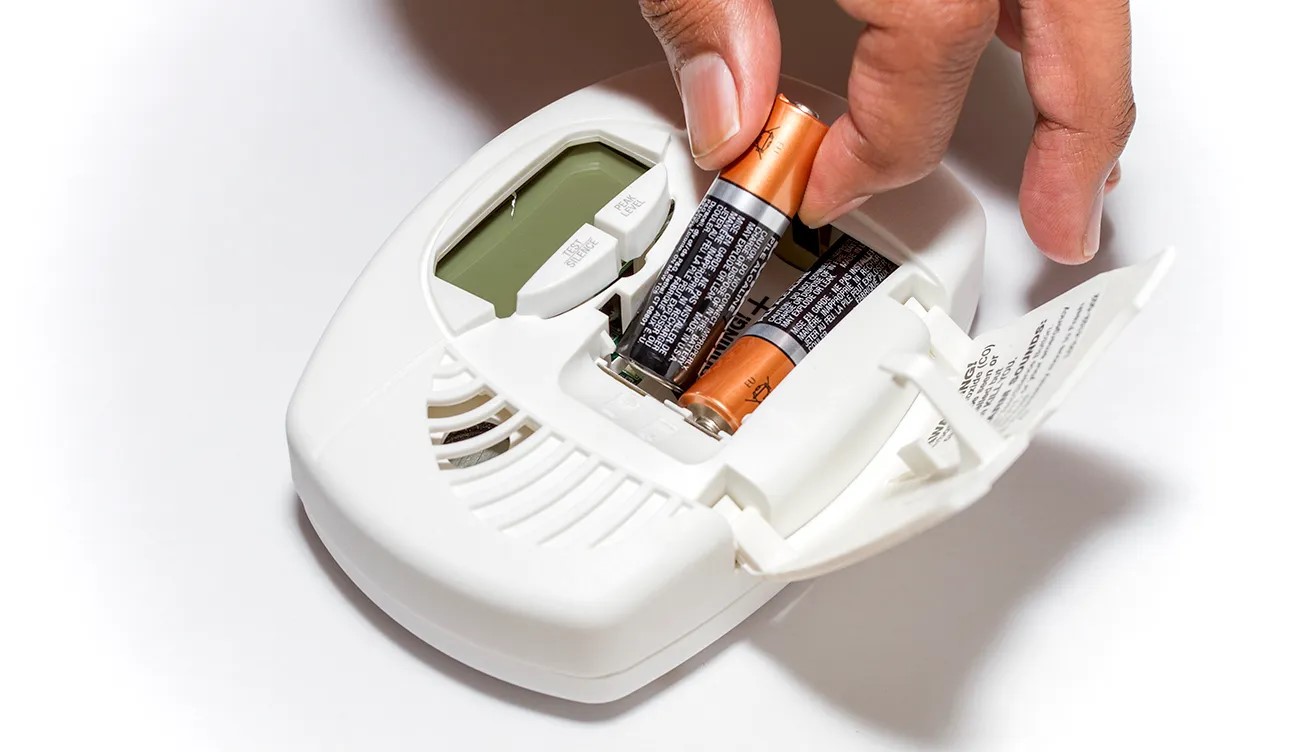
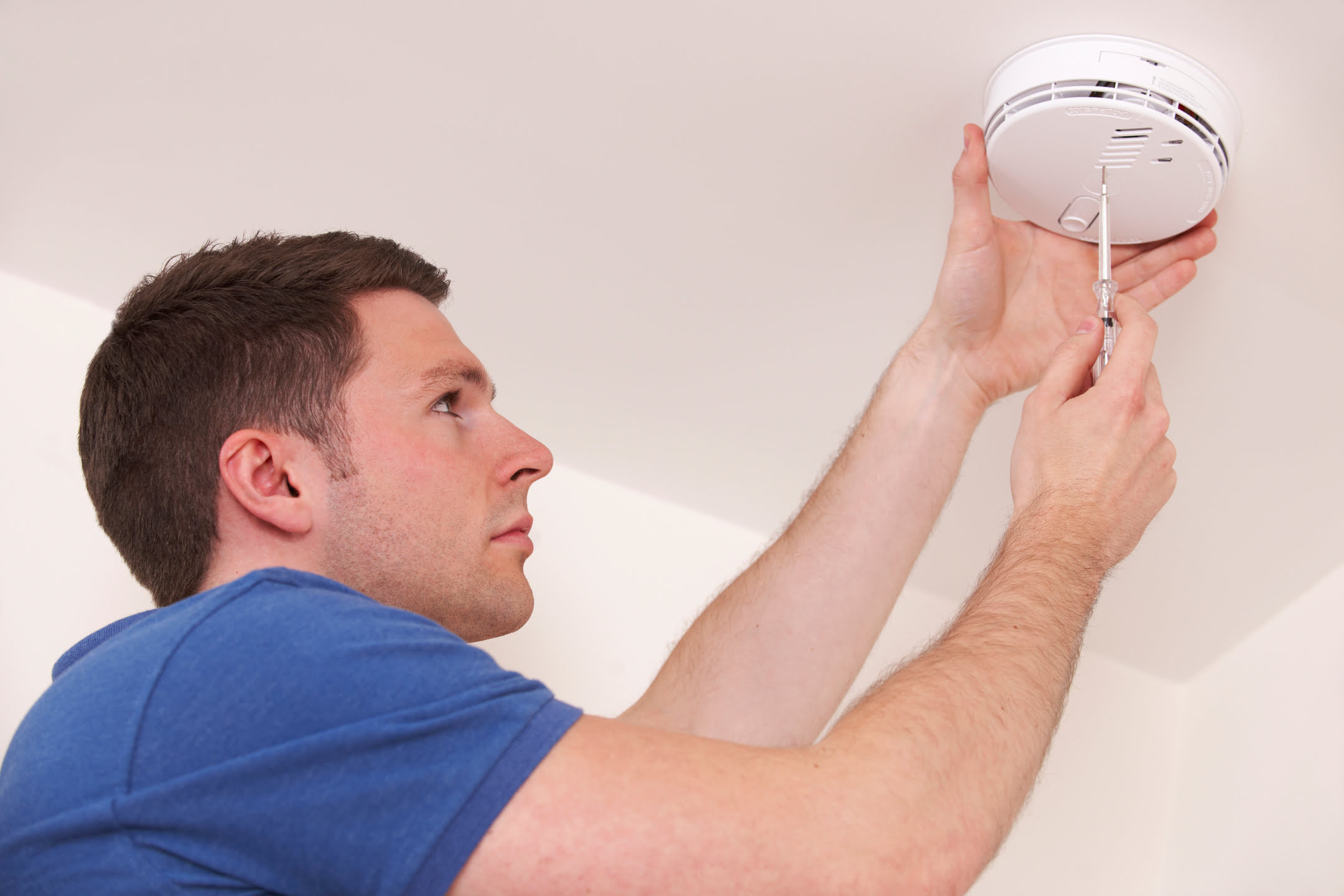
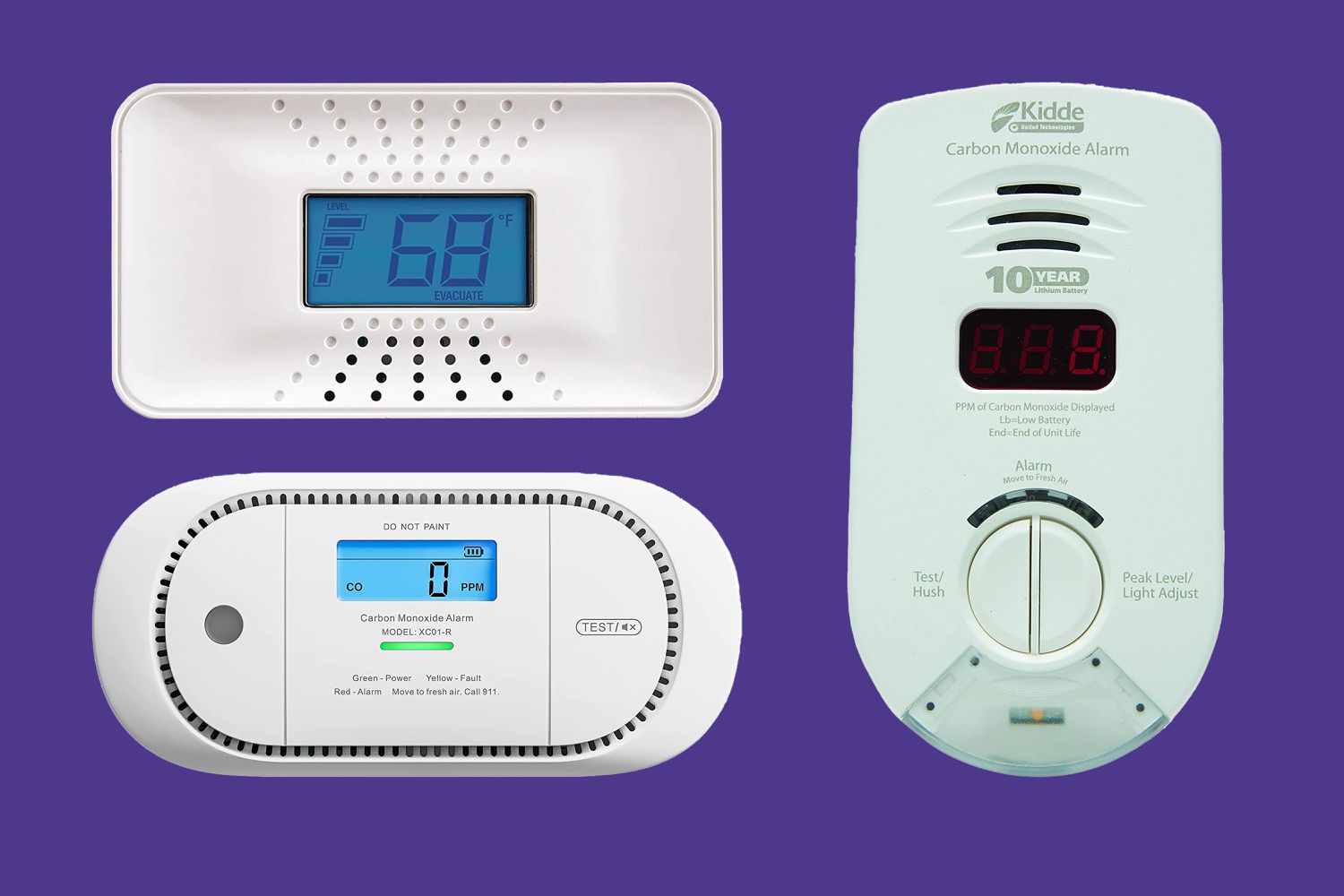
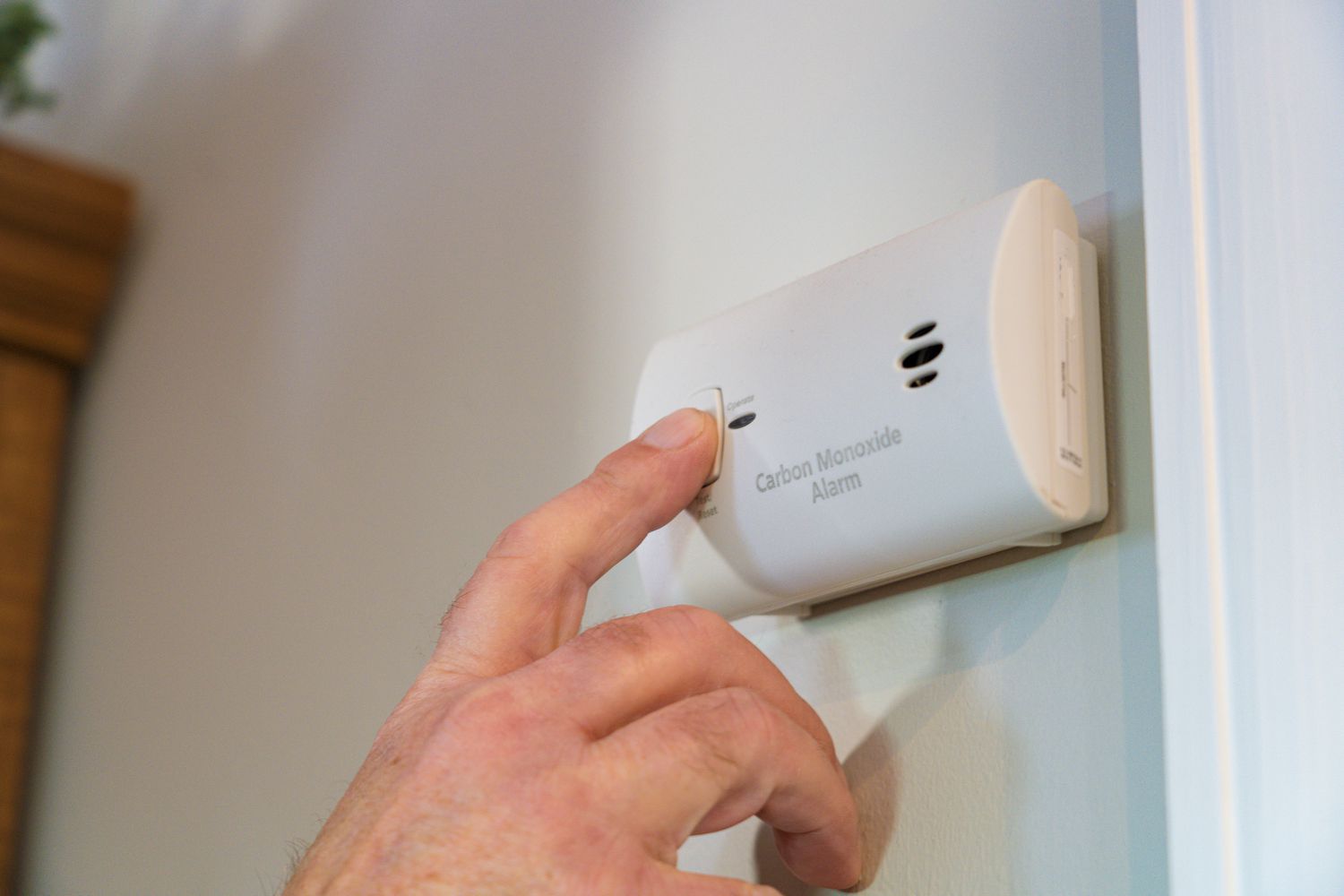

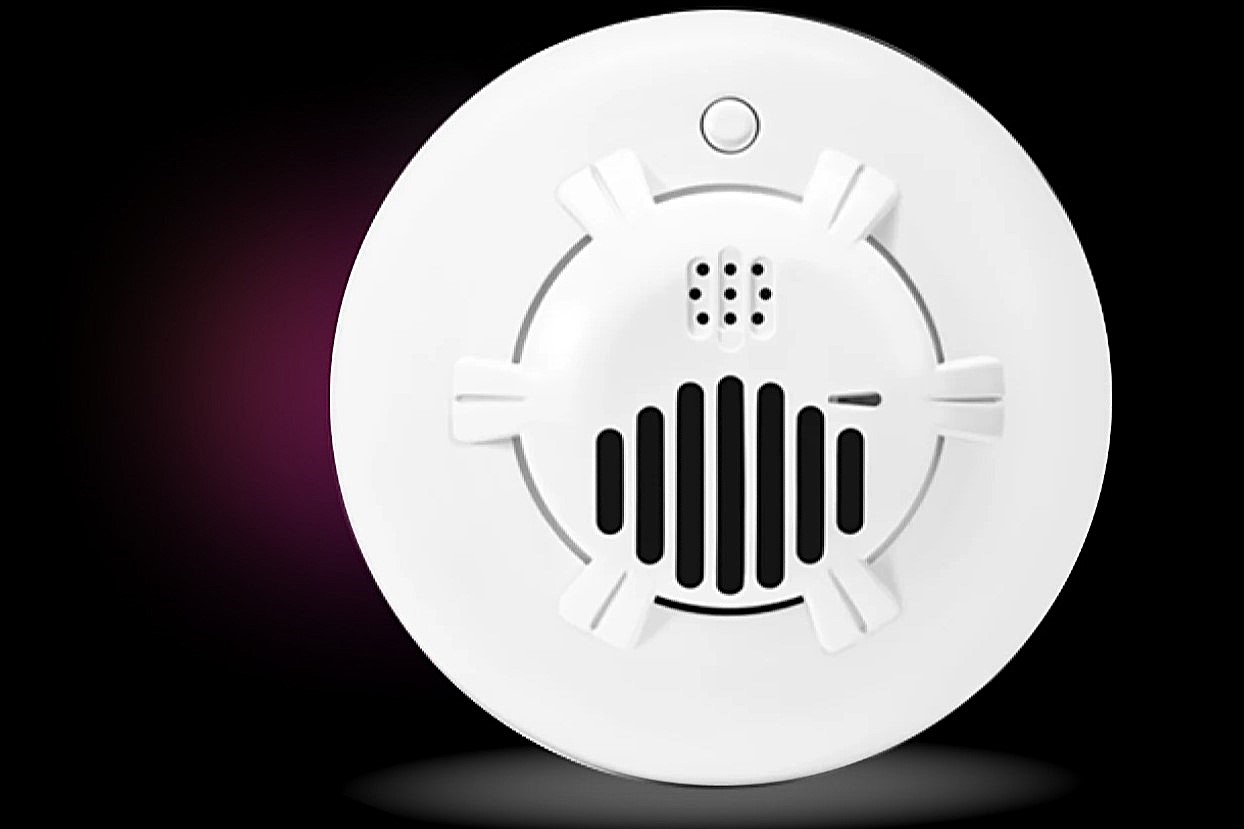
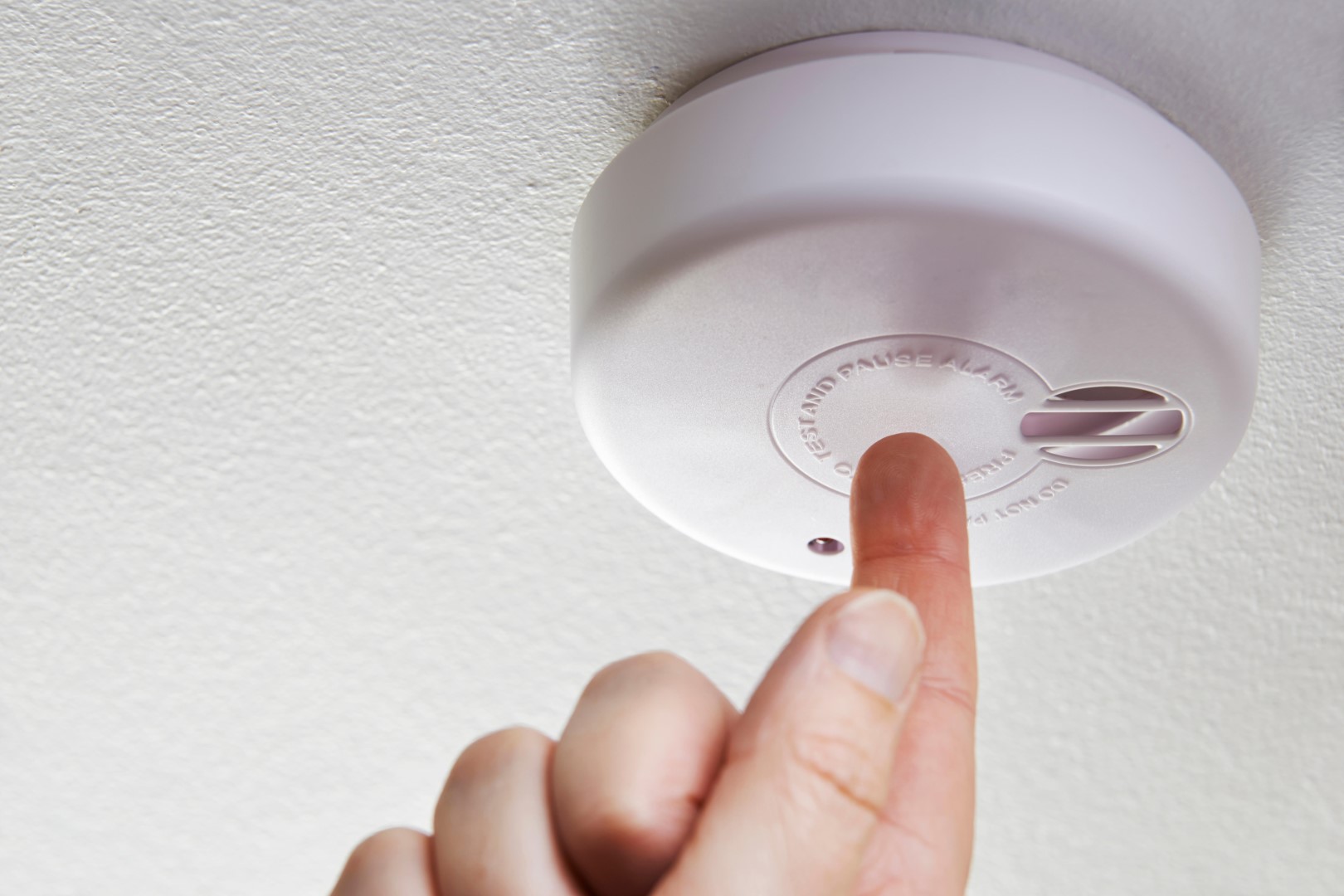

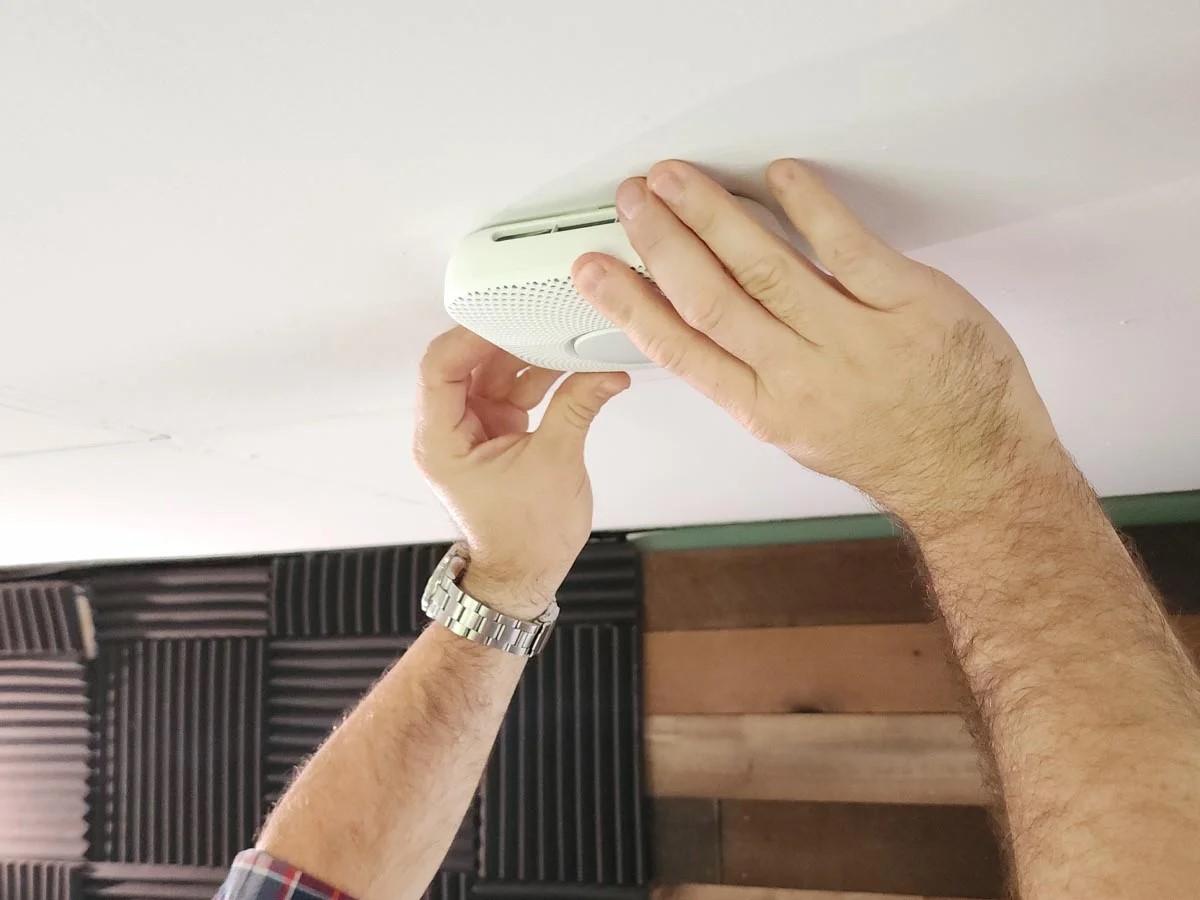
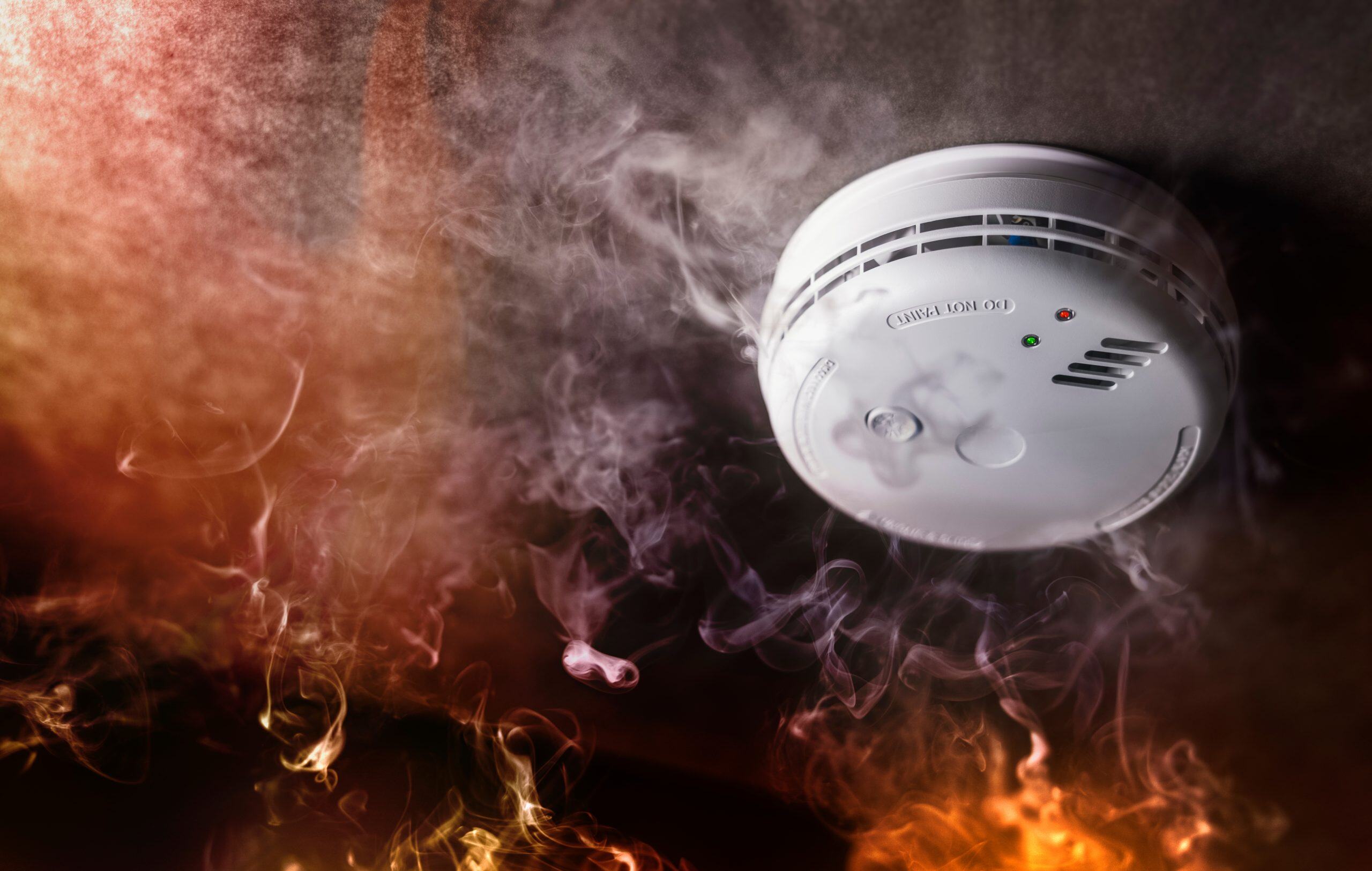
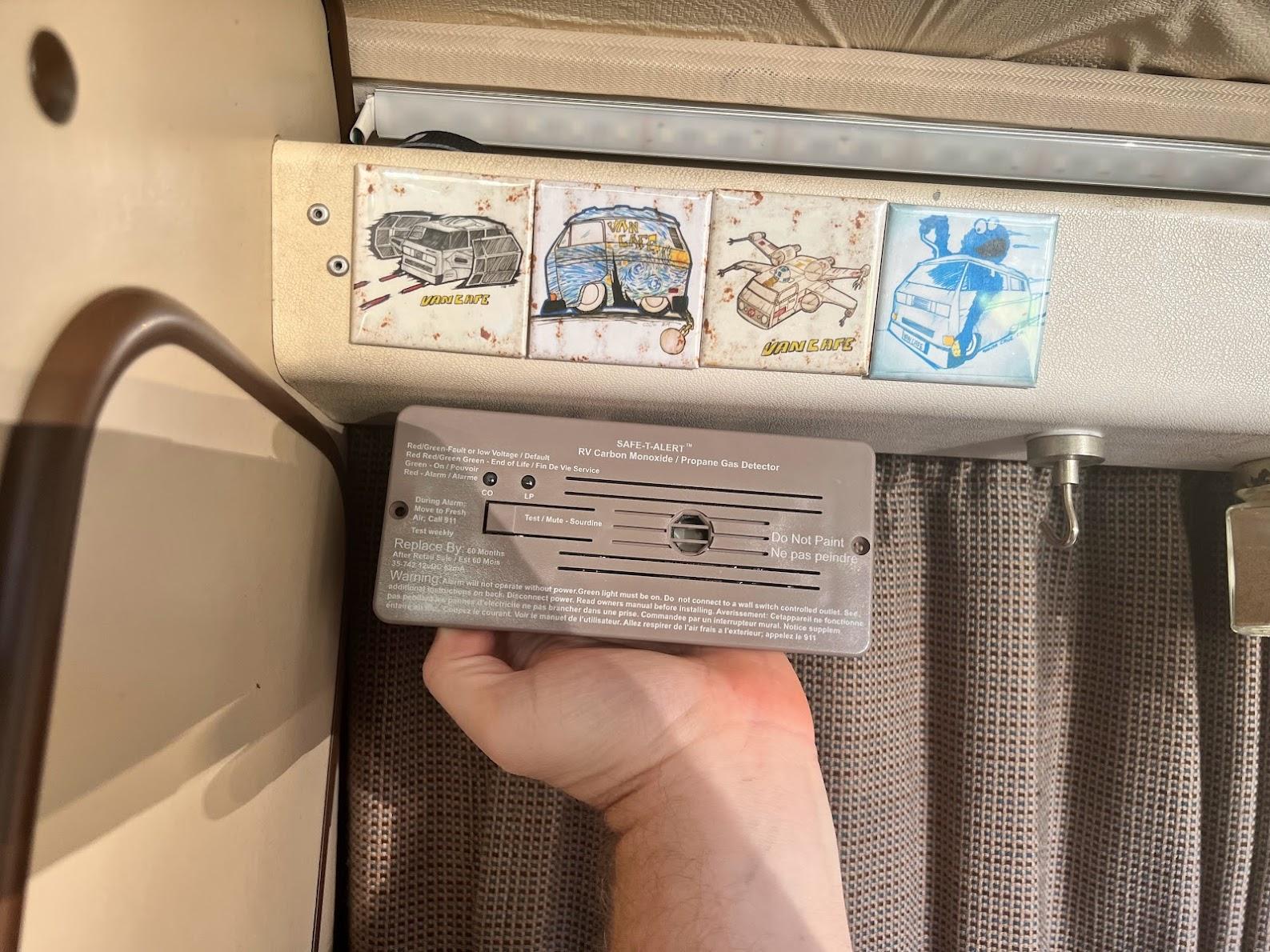
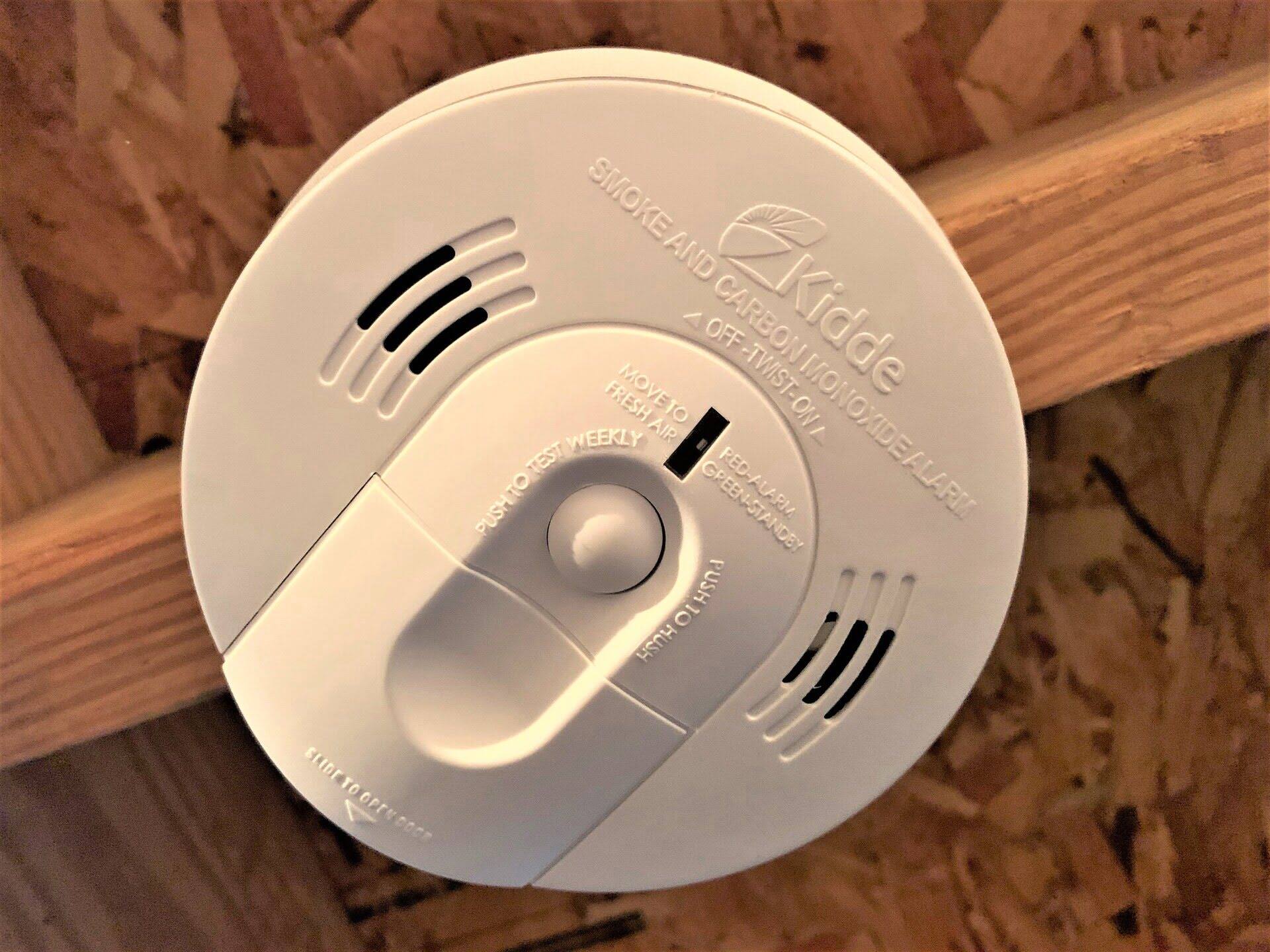

0 thoughts on “Why Is It A Good Idea To Have A Carbon Monoxide Detector In The Home?”